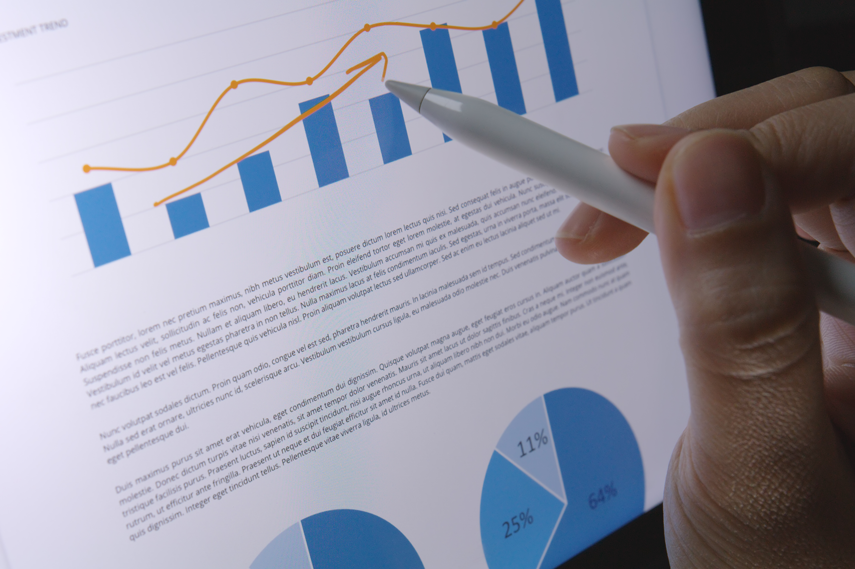
Hannah Alexander, a junior data scientist, recalled her reading a 2012 article in Harvard Business Review that branded data science as “the Sexiest Job of the 21st Century.” Despite the dramatic increase in demand for highly-skilled data scientists over the previous ten years as a result of the booming investment in AI development, the majority of her peers considering their options for higher education did not find data science “so appealing of a career choice.” This came as no surprise to her, though, given its having been a historically male-dominated field.
The most recent research shows that only 3% of women say a career in technology is their first choice, while only 16% of women have had a career in technology proposed to them, compared to 33% of men. This is in the same vein as another research showing that nearly 50% of female STEM students believe the field to be too theoretical and low-impact, while only 55% of them are well-informed about the various opportunities available within the field. The gender gap in STEM is, consequently, not closing fast enough.
These numbers resonated with her. At the beginning of her career, she had no idea what she wanted to do after her A-levels. Initially, she thought she could be an architect, and, through various trials, that path eventually led her to data science.
She considered it a stroke of luck that she had been hired by her company as a fresh graduate and promoted to a Junior Data Scientist two years later after working on some interesting projects. Besides, ever since she began her career in data science, she had worked under a female manager. Although it was rewarding to work with someone she aspired to be like in the future, she could not deny the fact that it was “lucky” for her to be able to do so, considering the dearth of women in the field.
Only 15% of data scientists were women in 2020, and the gap only grew wider in senior positions. Meanwhile, to put that into perspective, 46% of UK companies had been struggling to get their hands on data scientists over the previous two years. Therefore, the lack of women in the field could arguably be interpreted in two ways: It is because not many students are aware of this field, or it is because too many students are concerned that they might end up being the only woman, or in the minority, working on a project, whose voice might go unheard. There should be more female role models in the field.
However, the data scientist promptly refuted the latter, pointing out her observation that some barriers were more often than not perceived rather than actual. This could be due to one’s expectations or perception of one’s ability to be able to do certain roles. Therefore, the more female role models there were, the more we could encourage people to believe that, “if she can do that, then so can I,” and join the field, which would help overcome some more barriers.
Contrary to common opinion, becoming a data scientist does not necessarily mean you have to be an expert in deep learning, linear algebra, or complex programming. At the beginning of her journey, as she recalled, coding was not her strongest skill; She was just very interested in it and ended up doing her dissertation on coding and modeling. She argued that the most useful skill to have in this field is communication. Storytelling behind data is key. Being a data scientist is not just about being analytical, but all about using data to solve real-world problems. And there are no expectations that you have to be a fully-fledged data scientist right out of the gate; There are all sorts of training courses, both internal and external, where you can learn a lot of new skills, and become a better version of yourself.
To turn the tables on that, she advised that companies work together with schools and universities to effectively drive the message home early on through open days, university schemes, or tech boot camps. There is a big difference between “learning in principle” and “applying in practice,” and for those people who do learn data science in a classroom setting, there should be a stronger focus on using data to find solutions to real-world problems. This can be achieved by companies providing educational institutions with tech challenges where students can apply their existing knowledge and research skills to solve real-world data problems. Not only may this pique people’s interest in data science who might not have otherwise given it much thought as a career path, but it might also draw attention to some talented prospective employees for these companies.

From what she had been seeing unfolding, there had never been a better time to be a woman in data science. Things have been changing significantly and continue to change at a fast pace; It is predicted that data science will see more growth than almost any other field by 2029. Therefore, while we are not yet where we need to be, we are seeing the benefits of having diverse teams with diverse thoughts; It creates a better culture and better represents ourselves too, and it is changing like these that continue to help remove barriers and make it a great career choice for everybody. She, therefore, hoped that more companies would see this as an opportunity to inspire younger generations, especially females, to join this rewarding, fast-paced, and rapidly evolving data and AI movement early on. The mission of the Equitable Education Fund (EEF) Thailand, which is the head foundation of the organization to promote and enhance the quality of education in Thailand, as well as, develop a way to improve educational skills and work for every gender in each generation both youth and children towards the projects and researches.

